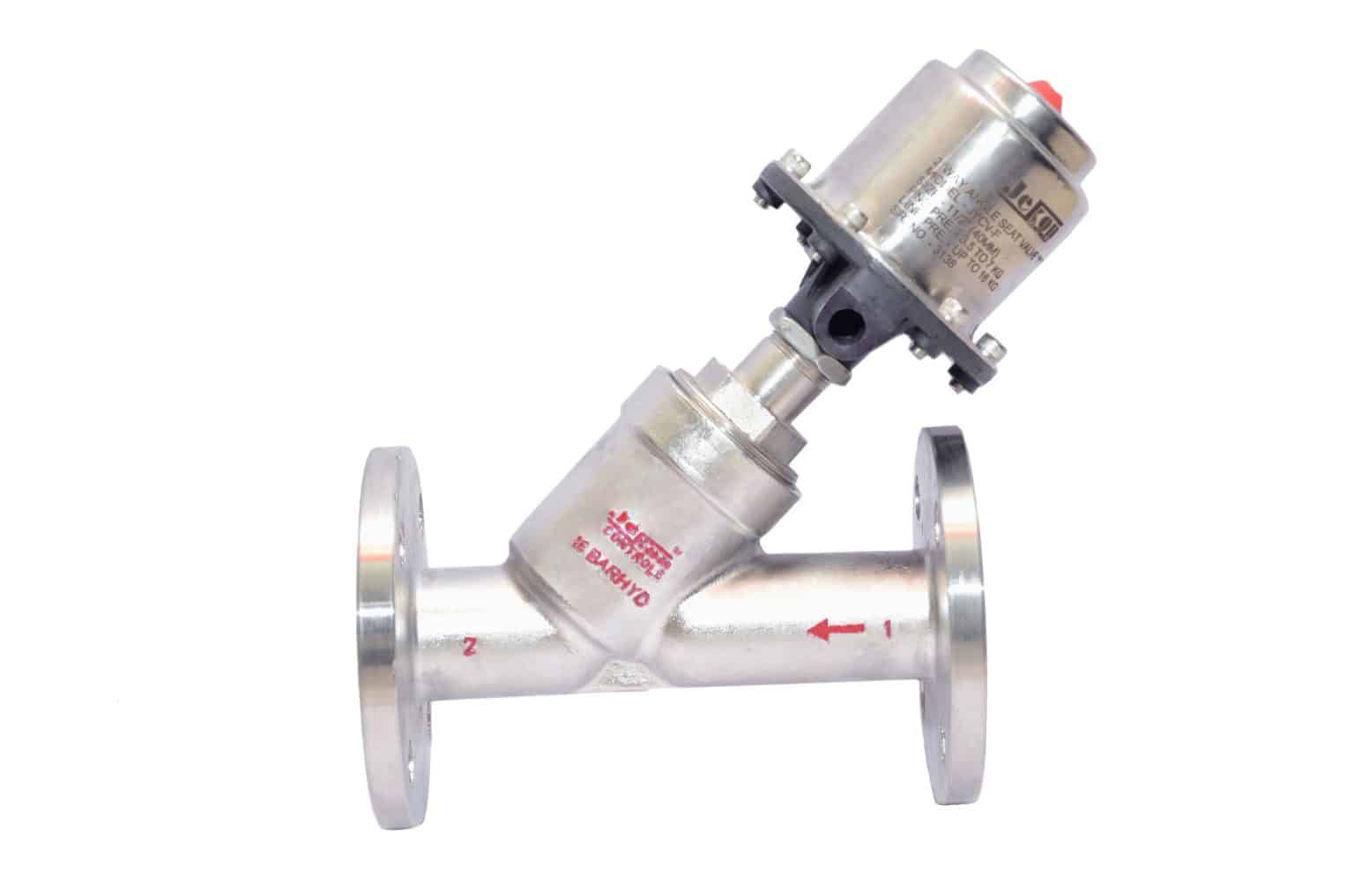As a precise way to control flow, position, or movement, electrical actuators are widely used to automate the control of valves and other mechanical systems. Of the various types of electrical actuators, the electrical actuator double acting is notable for its ability to provide motion in both directions, which offers improved control in a range of industrial applications.
How
Electrical Actuator Double Acting Works
An electrical actuator works by transforming electrical energy into mechanical motion. A double-acting actuator has two movement directions: one for opening the valve or mechanism it controls and one for closing it. Usually, an electric motor is attached to a mechanism, like a belt, lead screw, or gear system, that moves the valve stem or other component in both directions.
The electric motor that powers the actuator enables accurate and dependable movement control. The double-acting design makes sure that the actuator can effectively perform both opening and closing operations, using the motor to drive the mechanism in both forward and reverse directions. This design is particularly useful in systems that require both precise positioning and bi-directional control.
Applications of Electrical Actuator Double Acting
Electrical actuators, particularly the double-acting type, are widely used in industries like chemical processing, oil and gas, water treatment, HVAC, and pharmaceuticals. In water treatment plants, these actuators can be used to control valve opening and closing, effectively regulating water flow.
In applications that need precise movements, like pharmaceutical production lines, double-acting actuators can control valves that regulate the flow of sterile liquids or gases. They also play a role in HVAC systems by controlling dampers, which regulate air flow to maintain consistent environmental conditions.
Key Benefits of Electrical Actuator Double Acting
The accuracy of electrical actuators, especially double-acting models, is one of their key advantages. The actuator's movement is finely controlled by the electric motor, enabling precise placement and dependable operation. In sectors where precise flow control is required to preserve product quality and safety, this degree of accuracy is crucial.
Additionally, electrical actuators use less energy than pneumatic or hydraulic actuators because they only need electricity to function, so they don't require compressed air or hydraulic fluid, which lowers energy consumption and operating costs. Additionally, double-acting actuators are more adaptable than single-acting models because they provide bi-directional control, which is essential in systems where a mechanism or valve's opening and closing must be automated with a high degree of reliability.
Maintenance of Electrical Actuator Double Acting
Double-acting electrical actuators generally require less maintenance than their pneumatic or hydraulic counterparts because they have fewer moving parts and do not require consumables like air or hydraulic fluid, but periodic inspections and proper care are still essential to avoid operational failures. Regular maintenance is necessary to ensure the continued performance and longevity of double-acting electrical actuators. This includes checking the electric motor and gearbox for signs of wear or malfunction and making sure the moving parts are properly lubricated. Additionally, keeping the actuator clean from debris and clean from environmental contaminants will help prevent damage and maintain smooth operation.
Conclusion
As industries continue to look for automation solutions that deliver enhanced performance with minimal operating costs, double-acting electrical actuators will remain a key component in driving efficiency and reliability across various systems. Electrical actuator double acting systems are a crucial component of modern automation, offering both precision and versatility in a wide range of industrial applications. Additionally, their ability to provide bi-directional control, energy efficiency, and low maintenance makes them an ideal choice for applications in water treatment, HVAC, pharmaceuticals, and more.






